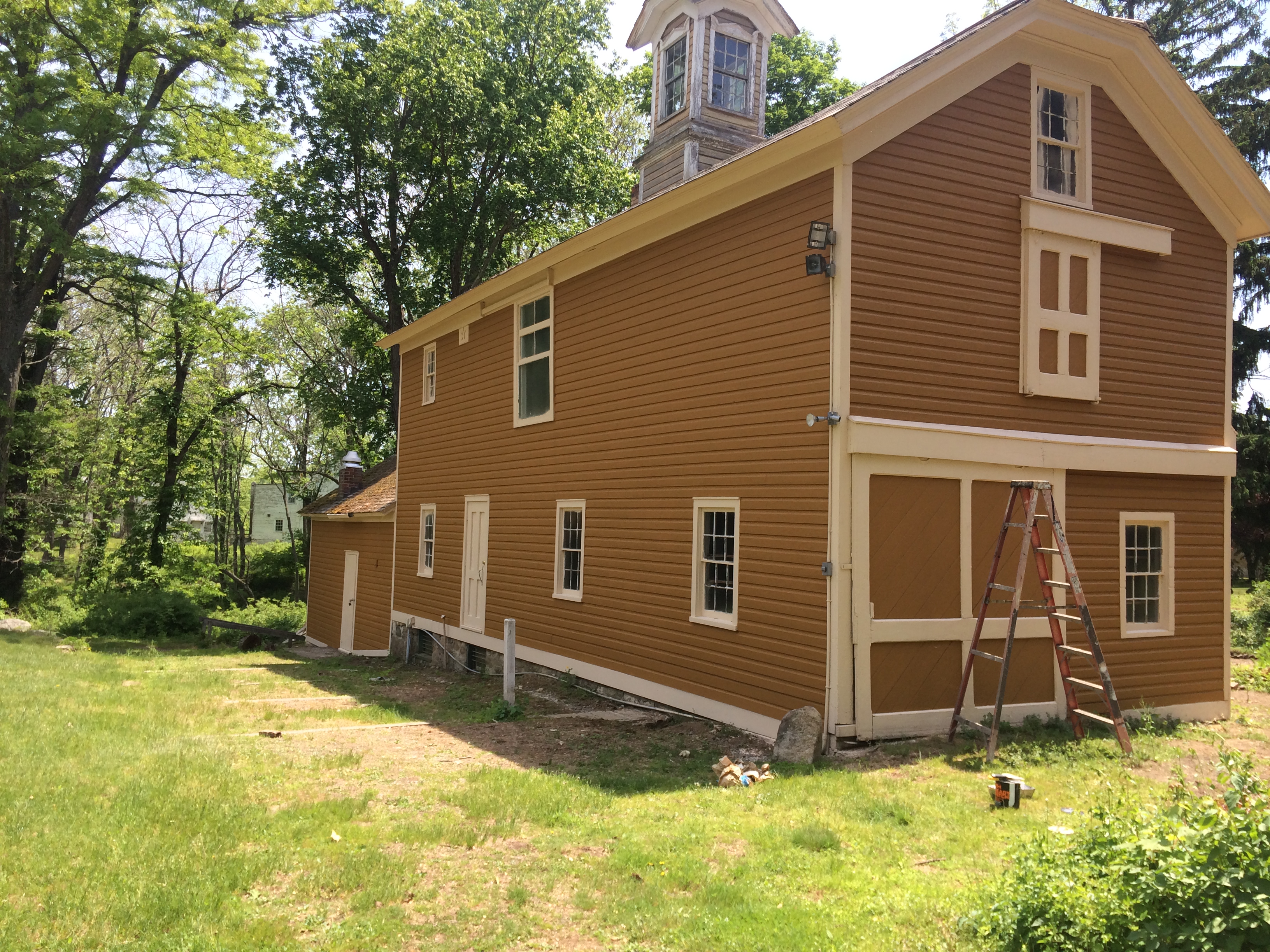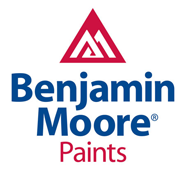Achieving a Flawless Finish That Lasts
A fresh coat of paint can transform any property, but a truly exceptional and long-lasting finish goes much deeper than the visible surface. For industrial equipment, commercial buildings, and historic structures, the secret to durability is meticulous preparation. Simply painting over an existing surface can trap dirt, rust, and old coatings, leading to peeling, chipping, and premature failure. This is where the powerful duo of sandblasting and painting comes in—a comprehensive process that cleans, prepares, and protects for years to come.
Often called abrasive blasting, sandblasting is the most effective method for stripping a surface down to its bare, uncontaminated state. By propelling abrasive materials at high velocity, it removes everything from stubborn rust and industrial grime to multiple layers of old paint, creating the perfect canvas for a new coating. When followed by a professional paint application, this process ensures maximum adhesion and a finish that can withstand the harshest conditions.
What Exactly is Abrasive Blasting? A Deeper Look
Abrasive blasting is a surface preparation technique that involves using compressed air to propel a stream of abrasive media against a surface. While the term “sandblasting” is common, modern professionals use a wide variety of media tailored to the specific surface and project requirements. These can range from steel grit and aluminum oxide for hard metals to softer materials like crushed glass or even walnut shells for more delicate surfaces. The goal is to comprehensively clean the surface and create an optimal “surface profile.”
Creating the Anchor: The Importance of Surface Profile
A perfectly smooth, glossy surface is actually the enemy of paint adhesion. Coatings need something to grip onto. Sandblasting creates a series of microscopic peaks and valleys on the surface, known as an anchor pattern or surface profile. This texture dramatically increases the surface area, giving the primer and paint countless points to lock onto, forming a powerful mechanical bond that resists peeling and flaking. This step is the fundamental difference between a paint job that merely covers a surface and one that truly protects it.
The Key Benefits of Combining Sandblasting with Painting
1. Superior Coating Adhesion and Longevity
The primary benefit is unmatched adhesion. By removing all contaminants and creating an ideal surface profile, sandblasting ensures that paint bonds directly and securely to the substrate. This leads to a much longer lifespan for the coating, reducing the need for frequent repainting and saving significant costs over time.
2. Complete Removal of Rust and Corrosion
Painting over rust is a temporary fix at best. Trapped corrosion will continue to spread beneath the new paint, causing bubbling and failure. Sandblasting is the only way to completely remove all traces of rust and oxidation, taking the metal back to a clean, white state. This halts the corrosion process and allows protective coatings to be applied directly to a stable surface, preventing future rust formation.
3. Efficiency and Time Savings
Compared to manual methods like scraping, sanding, or chemical stripping, abrasive blasting is incredibly efficient. What could take days of manual labor can often be accomplished in hours, preparing large surface areas quickly and effectively. This is especially critical for large commercial painting projects where minimizing downtime is a priority.
4. Versatility Across Many Applications
The sandblasting and painting process is highly versatile and essential for numerous projects, including:
- Industrial Machinery & Steel Structures: Removing rust and old coatings to prepare for high-performance protective paints.
- Commercial Buildings: Cleaning masonry, concrete, and steel exteriors to remove grime and old paint before refinishing.
- Historic Restoration: Carefully stripping away layers of old paint from delicate historic structures, a crucial step in proper preservation. Spectra Painting has extensive experience with historic restoration work.
- Residential Projects: Restoring wrought iron fences, metal railings, and other features for residential painting applications.
Did You Know?
Not all abrasive media are the same! The choice of media directly impacts the final surface profile. For instance, angular media like steel grit creates a sharp, jagged profile ideal for thick industrial coatings. In contrast, round media like glass beads produce a smoother, peened finish used for cleaning and polishing without significant texturing. An expert contractor knows precisely which media to use for each unique project.
The Importance of Professional Execution in New Jersey
In Tinton Falls and across New Jersey, exterior surfaces are constantly exposed to fluctuating weather—from humid summers and coastal salt air to freezing winters. These conditions accelerate the breakdown of inferior paint jobs. Proper surface preparation through sandblasting isn’t just a best practice; it’s a necessity for ensuring a coating can withstand the demanding local climate.
Choosing a professional contractor like Spectra Painting ensures the job is done safely and correctly. Our teams are trained in selecting the right abrasive media, controlling blast pressure, and adhering to strict safety and environmental protocols. Since 1989, we have provided New Jersey with premier industrial, commercial, and residential surface preparation and coating services.
Ready for a Finish That Endures?
Don’t settle for a paint job that will peel and fail. Invest in a solution that protects your property for the long term. Contact the experts at Spectra Painting to discuss your sandblasting and painting needs.
Frequently Asked Questions
1. Is sandblasting safe for all surfaces?
While extremely effective, high-pressure sandblasting is not suitable for every surface. Softer materials like wood or certain historic brick can be damaged if the wrong pressure or media is used. An experienced contractor will assess the substrate and determine the appropriate method, which might include lower pressure settings or softer media like walnut shells.
2. How long does the sandblasting and painting process take?
The timeline depends on the project’s size, complexity, and environmental conditions. Sandblasting itself is much faster than manual preparation. The subsequent painting process depends on the number of coats required and the drying times for the specific coatings used. It’s crucial to apply primer soon after blasting to prevent flash rusting on exposed metal.
3. What about the mess? Do you offer mobile sandblasting services?
Professional sandblasting involves containment measures to control dust and debris. At Spectra Painting, we offer mobile sandblasting services, bringing our equipment directly to your Tinton Falls, NJ location. We prioritize a clean and controlled worksite to minimize disruption to your property and operations.
4. Is sandblasting environmentally friendly?
Compared to chemical stripping, abrasive blasting is a more environmentally friendly option as it avoids harsh solvents. Many modern abrasive media, like crushed glass or walnut shells, are made from recycled or biodegradable materials. Professionals also use dust collection systems to contain airborne particles.
Glossary of Terms
- Abrasive Media: The granular material (e.g., steel grit, glass beads, coal slag) propelled against a surface during blasting to clean and profile it.
- Anchor Pattern / Surface Profile: The uniform texture of microscopic peaks and valleys created on a surface by abrasive blasting, which is essential for proper paint adhesion.
- Substrate: The underlying material or surface that is being cleaned, prepared, and painted.
- Contaminants: Unwanted substances on a surface—such as rust, old paint, oil, grease, or scale—that must be removed before a new coating is applied.






